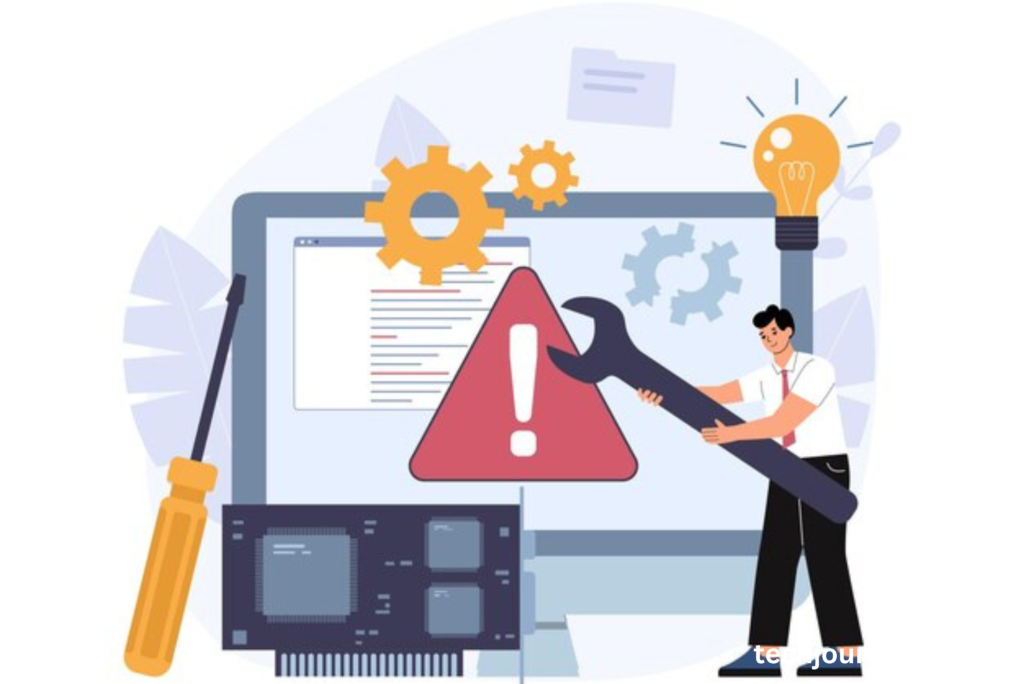Introduction
Have you ever wondered how to create an exact copy of a folder containing 42GB of data? Whether for backups, syncing devices, or sharing files with ease, mirroring a folder is a practical solution. This book will help you through the process, dissecting it into doable actions everyone may follow. Let’s get started to know about Mirror Folder 42GB Data.
What is Folder Mirroring?
Folder mirroring is like cloning a tree—every branch, leaf, and twig is replicated in a new location. In technical terms, it’s the process of creating an exact copy of a folder and its contents, ensuring both locations remain identical. Backups and synchronizing usually employ this method.
Why Mirror a 42GB Folder?
Why would someone want to mirror such a large folder?
- Data Backup: Protect important files from accidental deletion or corruption.
- Device Synchronization: Keep data consistent across multiple devices.
- Collaboration: Share identical data sets with team members or clients.
Large folders like 42GB often contain valuable data—from multimedia files to business documents—making mirroring an essential task.
Prerequisites for Folder Mirroring
Before starting, ensure the following:
- Sufficient Storage Space: The destination device should have at least 42GB free space.
- Stable Power Supply: Prevent interruptions during the process.
- Compatible Software or Tools: Depending on your operating system, choose suitable mirroring tools.
Choosing the Right Tools
Choosing the correct instrument half the battle is achieved.Here are popular options:
- Windows Users: Use built-in tools like Robocopy or third-party apps like FreeFileSync.
- Mac Users: Try rsync or ChronoSync for seamless mirroring.
- Linux Users: rsync is a versatile option.
- Cross-Platform: Cloud services like Google Drive and Dropbox offer folder mirroring features.
Step-by-Step Guide to Mirror Folder 42GB
Step 1: Assess Your Data
Ensure the source folder contains all necessary files and is free of errors.
Step 2: Choose a Destination
Decide where the mirrored folder will reside: external drive, cloud, or another computer.
Step 3: Install Mirroring Software
Download and install the tool suitable for your system.
Step 4: Configure the Tool
Set up the source and destination paths within the software. Customize options like excluding temporary files.
Step 5: Start the Mirroring Process
Initiate the process and monitor progress. Avoid interrupting it to prevent incomplete data transfer.
Step 6: Verify the Mirrored Folder
Check the destination folder to ensure all files were successfully copied.
Common Issues and Troubleshooting

Facing problems? Here’s how to resolve common issues:
- Insufficient Space: Delete unnecessary files or upgrade your storage.
- Corrupted Files: Run error-checking tools before mirroring.
- Slow Transfer Speed: Use high-speed connections and avoid multitasking.
Tips for Efficient Folder Mirroring
- Use Incremental Updates: Only copy changed files to save time.
- Organize Files: Ensure your folder is well-structured before mirroring.
- Label Folders Clearly: Avoid confusion with identical folder names.
Using Cloud Services for Mirroring
Cloud services simplify the process. Here’s how:
- Google Drive: For automatic mirroring, use Backup and Sync.
- Dropbox: Enable the Smart Sync feature for efficient storage management.
- OneDrive: Perfect for Windows users with built-in integration.
Security and Privacy Concerns
When mirroring sensitive data, prioritize security:
- Encrypt Files: Use encryption tools to protect data.
- Set Permissions: Limit access to authorized users.
- Monitor Activity: Regularly check logs for unauthorized access.
Best Practices for Managing Large Folders
- Compress Files: Reduce folder size before mirroring.
- Regular Updates: Keep mirrored folders in sync with the original.
- Backup Strategy: Implement a 3-2-1 backup rule for added safety.
How to Schedule Automatic Mirroring
Most tools allow automation:
- Windows Task Scheduler: Schedule Robocopy tasks.
- Mac Automator: Create workflows for periodic updates.
- Third-Party Tools: Many apps support recurring mirroring tasks.
FAQs on Folder Mirroring
1. Can I mirror a folder without additional software?
Yes, built-in tools like Robocopy (Windows) or rsync (Mac/Linux) work well.
2. How long does it take to mirror a 42GB folder?
System performance and the transmission speed will determine it. Typically, it can take 1-2 hours on high-speed drives.
2. Is folder mirroring the same as backup?
Not exactly. Backups often involve compressed, single-file copies, while mirroring maintains the folder structure.
3. Can I mirror folders to multiple locations simultaneously?
Yes, some tools support multi-destination mirroring.
4. What happens if the mirroring process is interrupted?
Restart the process.Little tools will start where they stopped.
Conclusion
Mirroring a folder with 42GB of data may seem daunting, but with the right tools and approach, it’s a straightforward process. By following this guide, you can ensure your data is safe, synchronized, and easily accessible whenever you need it. So, why wait? Start mirroring today!




